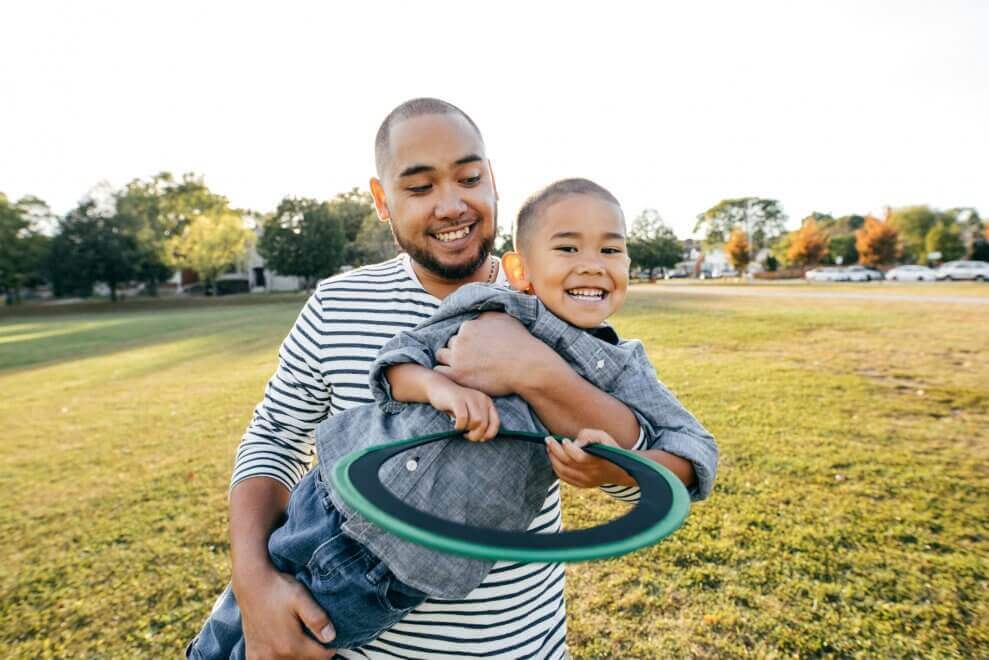I woke up with a plan in my mind. A picture-perfect day filled with fun, educational activities for my beautiful daughter and I to complete while we spend time together bonding. We start out the day with all our supplies neatly laid out – ready to begin. Two hours later, instead of beautiful ,Pinterest-worthy creations, I see the following: Breakfast half eaten and spilled on the table and floor, craft supplies strewn from one end of the house to the other, piles of paper towels filled with paint and what was supposed to be glitter slime and a grumpy toddler.
Sound familiar? I take a deep breath and think about my beautiful (and now grumpy) child. This was not fun for her, it was not educational, it was not shared time together. And why? I forgot the most important part of playing with a child – following their lead.
My first mistake, I made it MY plan, not OUR plan. This time is not about me. Certainly, there are times where you need your child to listen and follow directions. Boundaries are important and appropriate, but the level you reinforce this will vary based on the age and stage of development of your child. For my almost three-year-old, with the goal of simply doing a fun activity at home, it did not matter if she did not want to follow the directions EXACTLY. It did not matter if, instead of making slime, she wanted to color. If, instead of putting the paper squares on the rain boot outline, she wanted them around the boot.
So, after a deep breath, a snack for us both, and some good snuggle time, we tried again. We developed OUR plan for the next activity. We donned our pretend superhero capes and went out to find the missing treasure (which happened to be pinecones and rocks).
Here are some tips for following your child’s lead:
- Remain flexible. An activity may start out one way, and if your child wants to change the direction of the play, let her! This can turn into a great language experience.
- Give choices. “Do you want to color or play cars?” This gives some structure while still allowing them to have input.
- Remember there is no “right or wrong” in play (as long as they are safe). If they want to use a bowl as a hat, push the cars up the ramp instead of down, that is fine! Letting them use their imagination and being flexible in play is a great way to work on language skills.
- Talk to your child, model language, rather than asking too many questions. If we bombard kids with too many questions, they can feel “tested,” and really, no one likes a pop-quiz! And asking questions can hinders conversation. If we ask “what color/shape/size?” they will give an answer and then be done. If we instead say, “I see a blue circle and a red triangle. I like the blue circle!” it leads to comments about what they see while still working on the concepts. A few questions are fine and natural in play, just not too many.
- Remember, we all learn better when we are relaxed and having fun. Don’t forget the fun, and your child won’t either.

Nicole Lampi
Director







